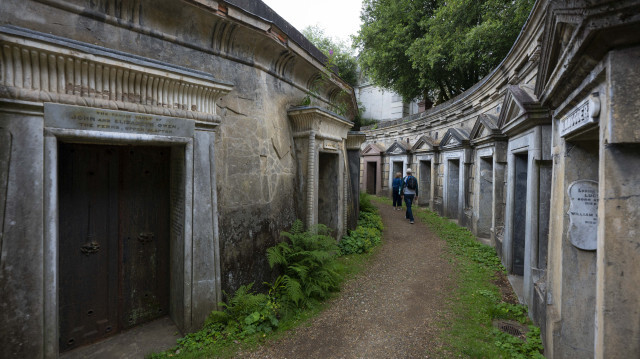
Not only cemetery renowned for its notable inhabitants but it also holds unofficial distinction of being a nature reserve, which adds to its unique appeal
Designed by architect Stephen Geary, Highgate Cemetery in north London, England serves as the final resting place for approximately 170,000 people buried in around 53,000 graves spread across the West and East Cemeteries.
Not only is the cemetery renowned for its notable inhabitants but it also holds an unofficial distinction of being a nature reserve, which adds to its unique appeal.
It stands as one of the esteemed "Magnificent Seven" cemeteries in the city of London and continues to accept burials today, despite not being at full capacity.
However, specific eligibility conditions must be met if one is considering securing a spot; prospective occupants must either be above the age of 80 or suffering from a terminal illness.
Setting aside the somber aspects, the cemetery offers remarkable sights, as one would expect from a site that has evolved and transformed since its establishment in 1839.
Within Highgate Cemetery, the graves and mausoleums serve as canvases for funeral architects to unleash their creative imagination.
The West Cemetery showcases the Victorian era's enchantment with Egyptian culture, giving rise to the breathtaking Egyptian Avenue and an array of remarkable tombs.
Equally captivating, the Lebanon Circle has become a popular subject of countless Instagram posts, capturing the attention of visitors throughout the years.
Among the notable residents of Highgate Cemetery, the most renowned is Karl Marx, an ardent Communist and celebrated aficionado of beards.
Adding a touch of irony to the London landscape, visitors are required to pay a £4 ($5) fee to view Marx's resting place due to its status as private property—a surprising revelation for those seeking a glimpse of this significant historical figure.
Hello, the comments you share on our site are a valuable resource for other users. Please respect other users and different opinions. Do not use rude, offensive, derogatory, or discriminatory language.
The floor is all yours.








